Developed in collaboration with designer Matteo Thun, the new Sconfine luminaire range from Zumtobel is expanding the limits of lighting design.
November 21st, 2008
The series of chrome wall-mounted, ceiling-mounted and pendant lumaires, in various forms, provide light that extends spatial limits, creating a sense of visual depth.
The Sconfine range uses light to play with a room’s geometry, dissolving spatial boundaries to create a new visual geometry.
Award-winning architect and designer Matteo Thun explains how Sconfine luminaires came to be –
1. How did your collaboration with Zumtobel come about?
We have worked together with Zumtobel for quite some time, on a variety of projects. We were requested by Zumtobel to develop a new range of decorative luminaires for shops, restaurants and hotels. That is how Sconfine evolved – as a kick-off for a new ’Decorative luminaires’ product range to which new designs are to be added over the next years.
2. What is the design concept behind the Sconfine luminaire range?
During the design stage, our headline was ’No body’ ("NO CARROZERIA!"). We were inspired by Dan Flavin’s work – that is why we adopted the dissolution of boundaries approach and created a light-weight range reduced to what is essential. What was important to me as an architect was that the individual components can be used for a variety of applications, putting the focus on the modular principle.
3. How have the luminaires changed from the design concept to implementation? Do you have a "favourite luminaire", and if so, why?
The initial, very geometric designs barely changed from the first sketch to implementation. Linea – a playful combination of neon tubes – can be used both horizontally and vertically; in the latter case, numerous luminaires are arranged to create an image of luminous clouds that is among my favourites.
The geometrical cubes are extremely flexible – as individual units, as clusters of 9, or as entire walls, RGB control is possible like for Linea, and upon the architect’s request, they can be configured in a variety of ways. The lighting scenes generated in this way have an impact on the setting, provide accents or evoke emotions – whether in shops, restaurants or hotels. All three products in the Sconfine range unfold their special beauty where their components are formed into clusters to create an abundance of lighting scenes.
Matteo Thun & Partners, Milan
Zumtobel

Designer Matteo Thun
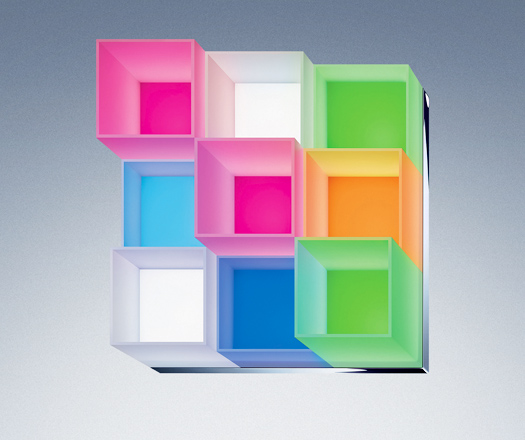
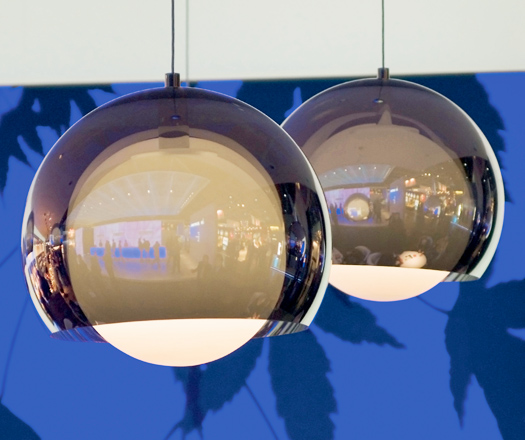
INDESIGN is on instagram
Follow @indesignlive
A searchable and comprehensive guide for specifying leading products and their suppliers
Keep up to date with the latest and greatest from our industry BFF's!

The undeniable thread connecting Herman Miller and Knoll’s design legacies across the decades now finds its profound physical embodiment at MillerKnoll’s new Design Yard Archives.
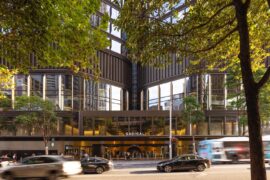
Rising above the new Sydney Metro Gadigal Station on Pitt Street, Investa’s Parkline Place is redefining the office property aesthetic.

London-based design duo Raw Edges have joined forces with Established & Sons and Tongue & Groove to introduce Wall to Wall – a hand-stained, “living collection” that transforms parquet flooring into a canvas of colour, pattern, and possibility.

Okidoki is the result of collaboration between District and ThinkingWorks, making work life less ordinary in a stylish but functional designer-friendly workstation.
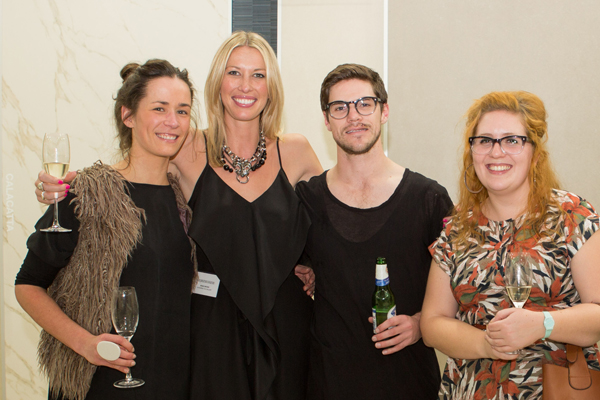
Melbourne’s Signorino Tiles recently threw their gallery doors open to welcome guests to the immaculately presented space.
The internet never sleeps! Here's the stuff you might have missed
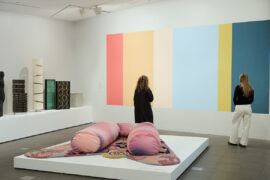
At the NGV’s Making Good: Redesigning the Everyday, design becomes a force for repair. From algae-based vinyl to mycelium earplugs, the exhibition proves that rethinking the ordinary can reshape our collective future.
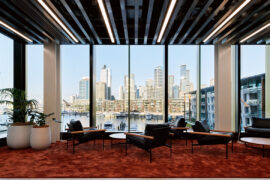
Warren and Mahoney’s design for Beca’s Auckland headquarters turns the mechanics of engineering into poetry, rethinking how workplace design can reveal its own systems.